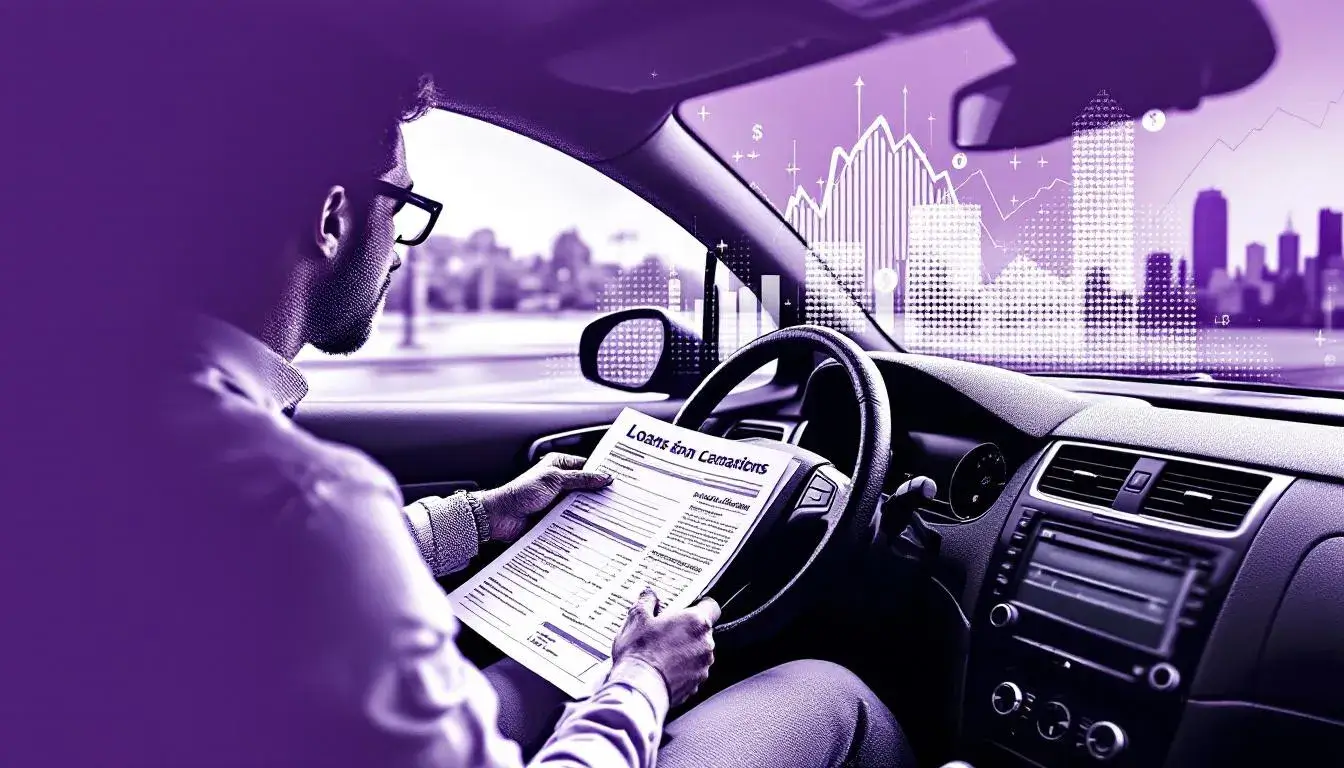
Loans Secured on Property: What You Need to Know

Understanding Loans Secured on Property
When you need to borrow a substantial sum, a loan secured on property (also called a homeowner loan or second charge mortgage) can offer a practical solution. By using your home as collateral, lenders can provide higher amounts at lower interest rates than most unsecured loans, but there are important implications to consider.
Who Should Consider This Option?
Secured loans are best suited to UK homeowners or property buyers seeking to borrow more than standard personal loan limits allow. They may appeal to those with significant equity in their property, or anyone looking to consolidate debts, fund major renovations, or make large purchases.
Key Concepts and Terminology
Secured Loan: A loan backed by an asset, typically your home. Failure to repay can result in repossession.
Equity: The portion of your property’s value you own, minus outstanding mortgages.
Second Charge Mortgage: A loan secured against your property, ranking behind your main mortgage.
Interest Rate: Secured loans usually offer lower rates than unsecured loans, but these can be fixed or variable.
Loan-to-Value (LTV): The ratio of the loan amount to your property’s value, influencing how much you can borrow and at what rate.
Term: Loan durations typically range from five to 30 years, affecting your monthly payments and overall interest.
Understanding these basics is crucial. Secured loans can help unlock substantial sums, but your home is at risk if you fail to keep up repayments.
Your Options: Types of Secured Loans
Homeowner Loans: Borrow a lump sum using the equity in your property. Repay monthly over several years, with the loan secured against your home.
Second Charge Mortgages: If you already have a mortgage, a second charge loan sits behind the first. Useful if you have a competitive first mortgage rate you don’t want to lose.
Bridging Loans: Short-term finance, often used to bridge gaps between property transactions. Typically higher rates and fees, suited to specific scenarios.
Loan Features Table
| Type | Typical Uses | Term | Rates |
|---|---|---|---|
| Homeowner Loan | Renovations, debt consolidation | 5–30 years | Lower (than unsecured) |
| Second Charge Mortgage | Large purchases, avoiding remortgage | 5–25 years | Competitive |
| Bridging Loan | Property purchase chain breaks | 1 month–3 years | Higher |
Costs, Returns, Risks
While secured loans often have lower interest rates than unsecured borrowing, costs can build up over time due to longer terms. There may be arrangement fees, valuation charges, early repayment penalties, and broker commission to consider.
Crucially, your property is at risk. If you default, the lender can force a sale to recover their money. Interest rates can be variable, which means payments may rise. However, the ability to borrow larger amounts at a lower rate is a strong advantage for many.
Eligibility and Requirements
To qualify for a secured loan on property in the UK, you generally need:
To own a property (with or without a mortgage)
Sufficient equity in your home
A stable income and good credit profile
Proof of identity, address, and property ownership
Consent from your first mortgage lender (for second charge loans)
Lenders will conduct credit and affordability checks before approving your application.
How It Works: Step-by-Step
Assess how much you want to borrow
Calculate available equity in your property
Research and compare loan offers
Submit application and documentation
Undergo credit and affordability checks
Property valuation arranged by lender
Receive formal loan offer
Funds released once paperwork is complete
Pros and Cons: What to Consider
Pros:
Borrow larger amounts than with personal loans
Lower interest rates due to reduced risk for lender
Longer repayment terms can lower monthly payments
Cons:
Your home is at risk if you can’t repay
Fees and charges can add up
Early repayment can trigger penalties
Borrowing more means paying more interest overall
It’s essential to weigh these factors carefully before proceeding.
Before You Decide: Key Points to Watch
Affordability: Can you meet repayments, even if rates rise?
Total Cost: Consider all fees and the total interest payable over the life of the loan.
Alternatives: Would a remortgage or unsecured loan serve you better?
Long-Term Impact: Spreading payments over years can mean paying much more in interest.
Independent Advice: Consider consulting a broker or financial adviser before making a decision.
Alternatives to Secured Loans
Remortgaging: Switching to a new mortgage deal to raise funds, potentially at a lower rate.
Unsecured Personal Loans: For smaller amounts, these don’t put your property at risk.
Credit Cards: Useful for short-term, smaller borrowing if repaid quickly.
Government Schemes: For home improvements, grants or low-interest loans may be available.
Each alternative has its own pros and cons, so compare carefully.
Frequently Asked Questions
Can I get a secured loan with bad credit?
Yes, but rates may be higher. Lenders will assess your ability to repay based on income and equity.
How quickly can I get the funds?
Typically, it takes 2–6 weeks, depending on valuations and paperwork.
What happens if I miss payments?
Your lender may start repossession proceedings after persistent missed payments. Contact your lender early if you’re struggling.
Can I pay off a secured loan early?
Yes, but you may face early repayment charges. Check your loan agreement.
How much can I borrow?
Amounts typically range from £10,000 to £500,000, depending on equity and affordability.
Will it affect my mortgage?
A second charge loan won’t change your first mortgage, but you need your main lender’s consent and both loans are secured on your home.
Next Steps
If you’re considering a loan secured on property, start by calculating your equity and assessing your financial position. Compare lenders, review all fees, and seek independent advice if unsure. Remember, this is a significant commitment—take time to understand all terms before proceeding.
Disclaimer
This guide is for informational purposes only and does not constitute financial advice. Always consult a qualified adviser or broker before making any major borrowing decisions. Your home may be repossessed if you do not keep up repayments on a secured loan.
Buy now, pay monthly
Buy now, pay monthly
Some of our incredible partners
Our partners have consistently achieved outstanding results. The numbers speak volumes. Be one of them!


Aurum Contracts

COUNTRYSIDE LODGES LTD










